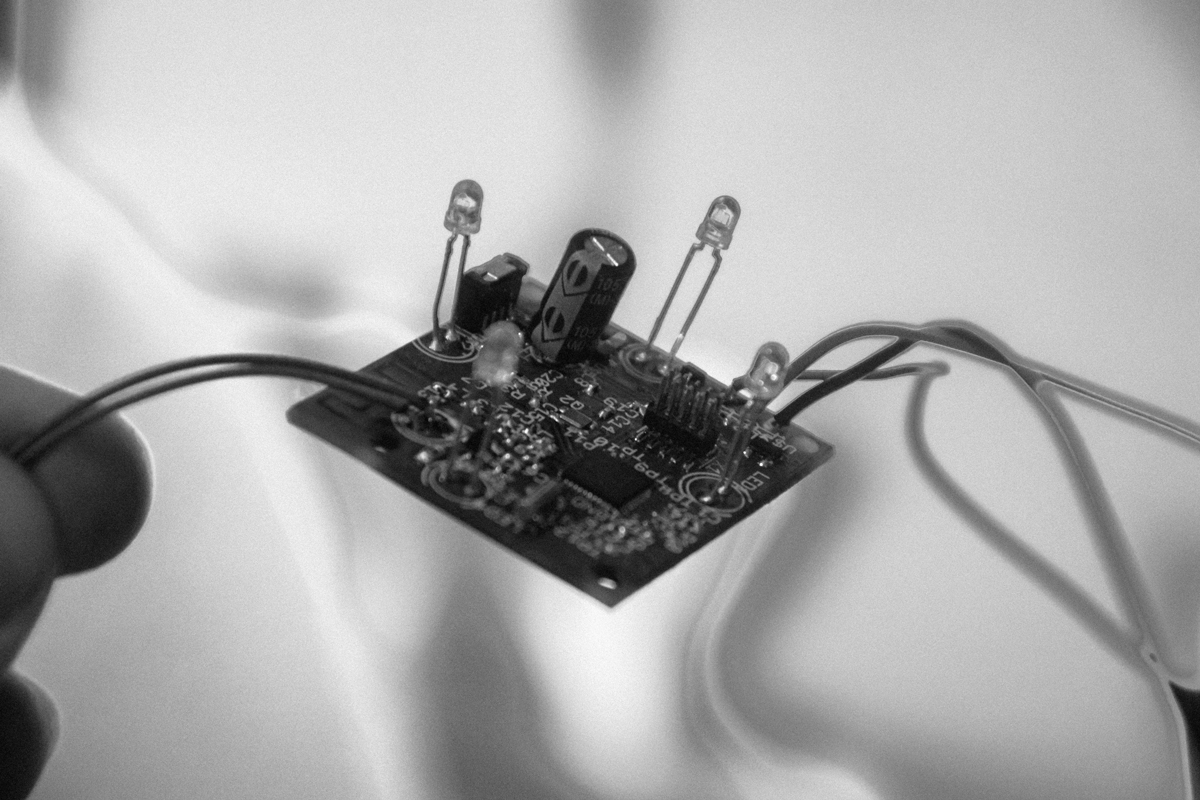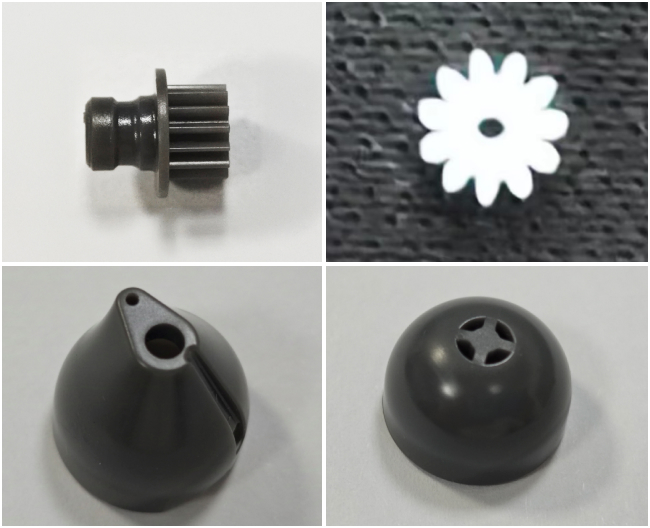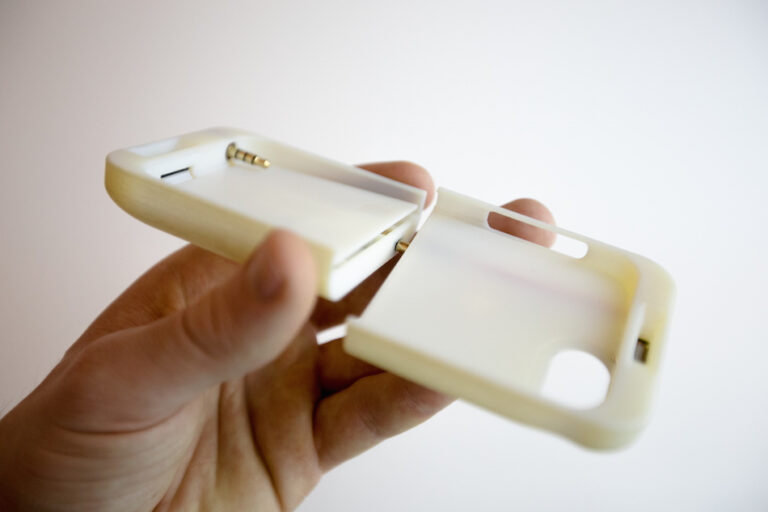Time to read: 4 min
In this week’s Hardware Spotlight, we had the chance to sit down with Sergiu Dogaru, co-founder at AnyMote. Sergiu Dogaru, Alina Dogaru and their co-founder, Michal Simkovic, created the AnyMote Smart Remote to give us the truly universal remote we’ve all dreamed of. We chatted with Sergiu about manufacturing in China, prepping for a successful Kickstarter, and planning your product timeline.
Your product uses both an app and a hardware product – did the app come first?
Yes, we used the app as a way to validate the basic concept before investing the time and energy into a hardware product. We knew there was a problem around remotes that no one was adequately solving and once we released the app our assumption was confirmed with thousands of downloads for a $10 app in just the first few days.
So what pushed you to eventually develop the AnyMote home device?
Shortly after releasing the app we realized the software alone wasn’t going to cut it. For one, the infrared blaster on the Android phones wasn’t strong enough, the lens wasn’t big enough and the angle wasn’t wide enough. Moreover, iPhones don’t even use infrared, so without an external device iOS users couldn’t utilize the app technology. Our solution was to switch over to using Bluetooth LE to connect all smartphones with the hardware accessory, which acts as a bridge to all infrared home electronics.
“If you want to do it right, you need to invest the time.”

Tell us about your first prototype!
At first we started very simply with just an off-the-shelf box to house the electronics we were working with, including our first PCB. Our first real prototype was a modified version of Texas Instrument’s developer kit. After that we also built an Arduino version just to see what was possible, but in the end we decided to just keep it simple.
How did you go about the process of developing the housing?
For the design we started drawing on paper, working with 5 or 6 ideas we had for the shape. For modelling we worked with a local 3D printing vendor in Romania, but the quality wasn’t what we expected or needed. So my advice to other engineers would be to do your research! Invest the time to find a print shop that does it everyday, like you guys. I’ve seen the work you do – it’s very high quality, nothing like what we experienced.
So what was the solution?
We decided to work with a contract manufacturer in Shenzhen that helped us build the prototypes for housing. It’s what made sense for us because they had the tools and experience we needed to get high-quality models.
“The last 10% of the process takes 50% of the time.”
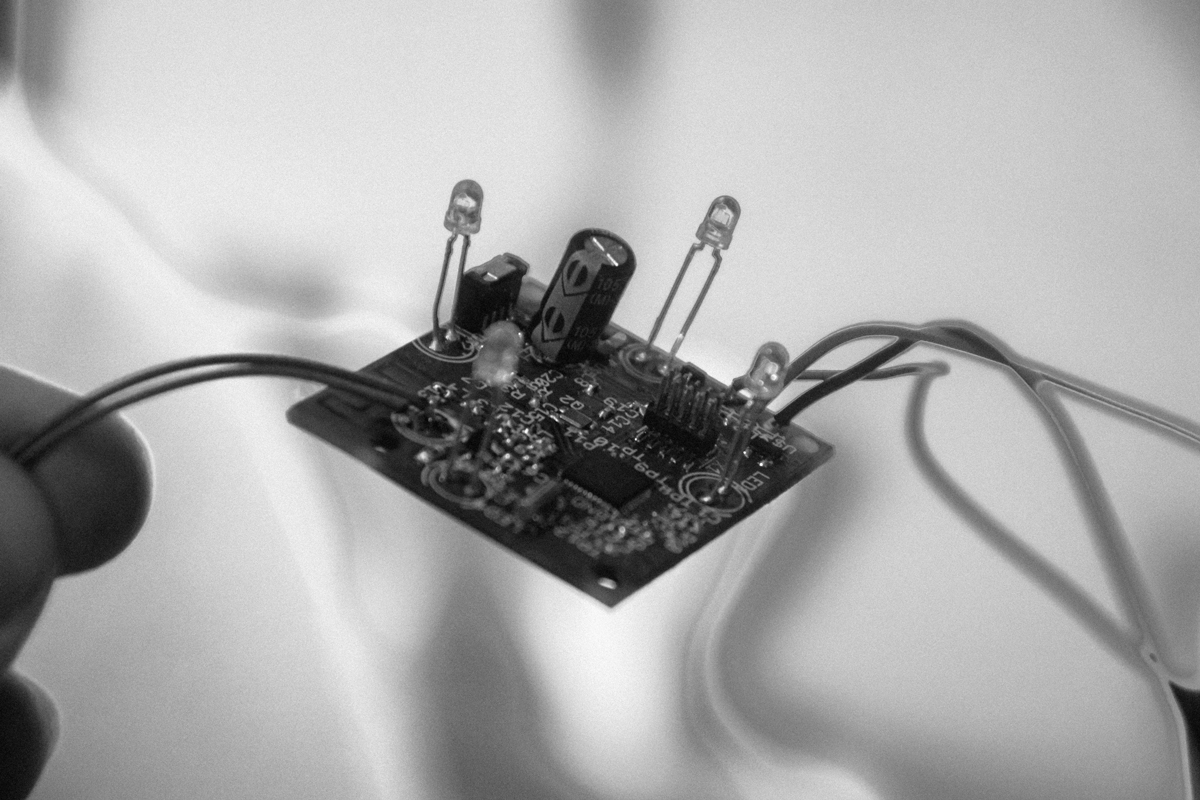
What did your product development timeline look like?
Everything takes time, and always longer than you expect! We had our first prototype within a month, but just like with the software, the last 10% of the process takes 50% of the time. Before we started, we noticed most startups began working on products about a year and half before launch. At first we thought that was too much time, but in the end we landed up in the same place. If you want to do it right, you need to invest the time.
What did your user testing process look like?
We made the decision to keep the prototype testing within our close circles. My partners and I used it and we had our developers use it as well as close friends and family. It’s a product that’s accessible to and useful for everyone in their daily lives so we didn’t need to find niche groups to test it out. We acquired all the feedback we needed within our own circles.
“Seek an emotional response to your product.”
You had a very successful Kickstarter campaign – congrats! Any tips?
We took a lot of time to organize the Kickstarter page and build up some buzz before launching. About 2-3 months in total. We reached out to other successful Kickstarters asking for tips as well and we realized that pictures and a great video were key elements we needed to focus on. Because the reality is that most people quickly scroll through the page without reading all of the text. So we had a local video company help us to make an excellent video, which we think was a large factor in our success.
Looking forward, what are some of the challenges you see as you aim to get your product to market?
We’re at the point where we’re designing for the inside casing to add the structural support for the batteries and such. At the same time we’re picking a factory to create the molds and the final casing for the product. That’s a big decision and will require a lot of careful consideration.
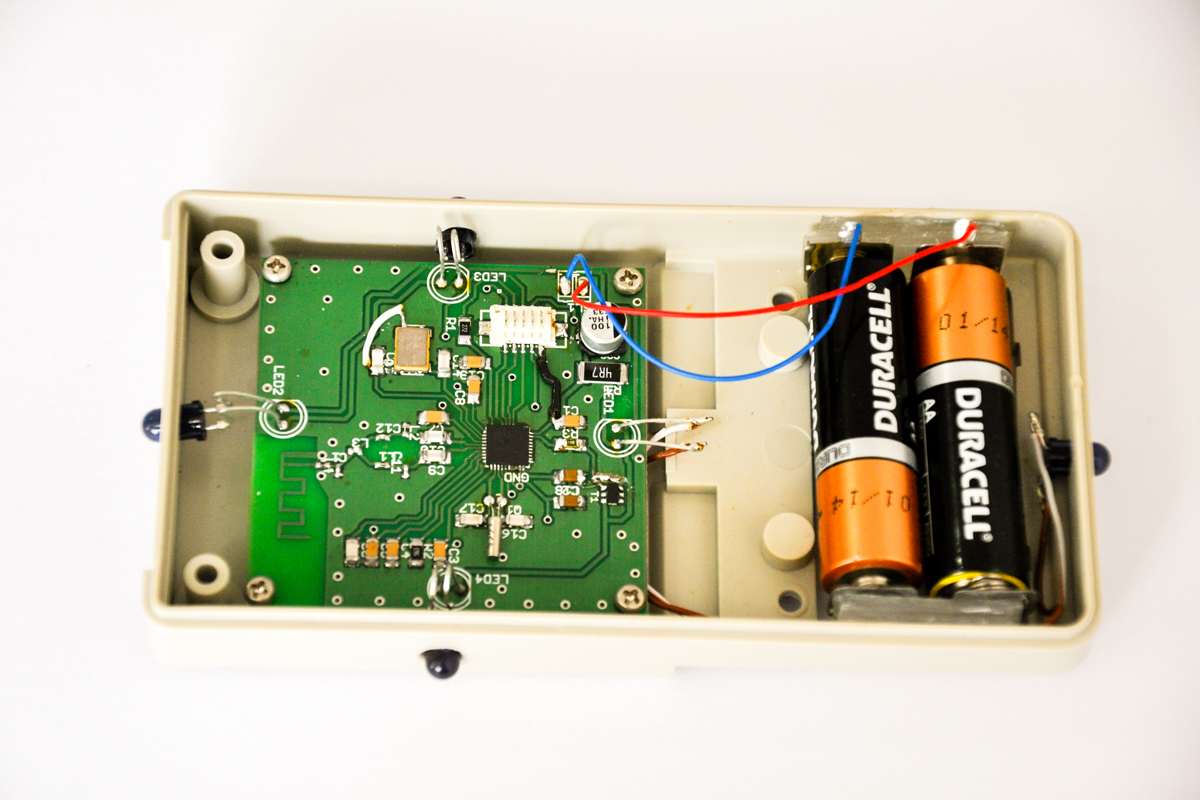
Overall, what advice would you give to other engineers looking for the success you’ve achieved?
Always aim for the utmost quality from the start and seek an emotional response to your product. Because that’s what will give it the feeling of true quality. An emotional response is what really impresses people when they experience a product. Throughout our process that’s one thing that mattered to us more than anything.







